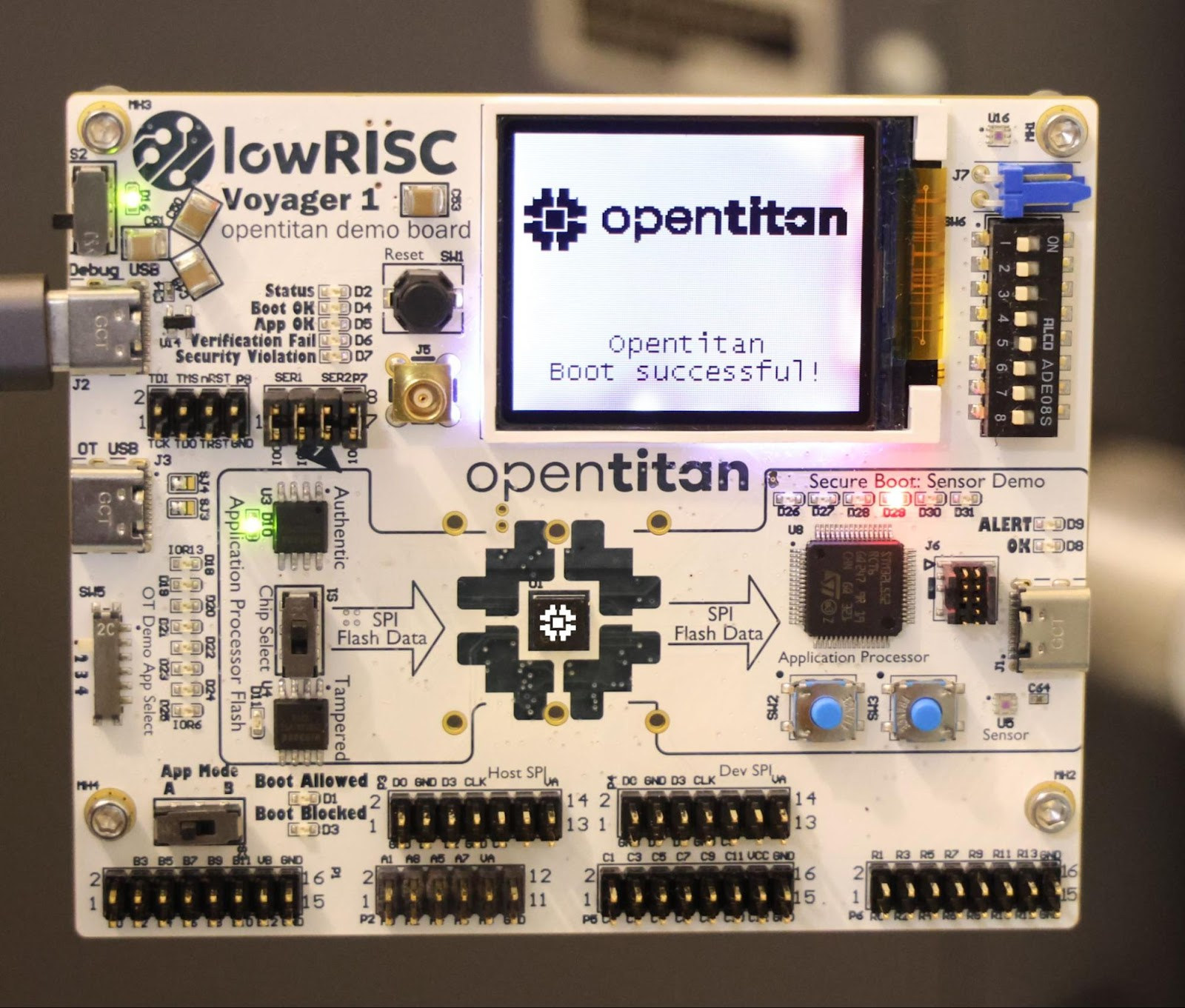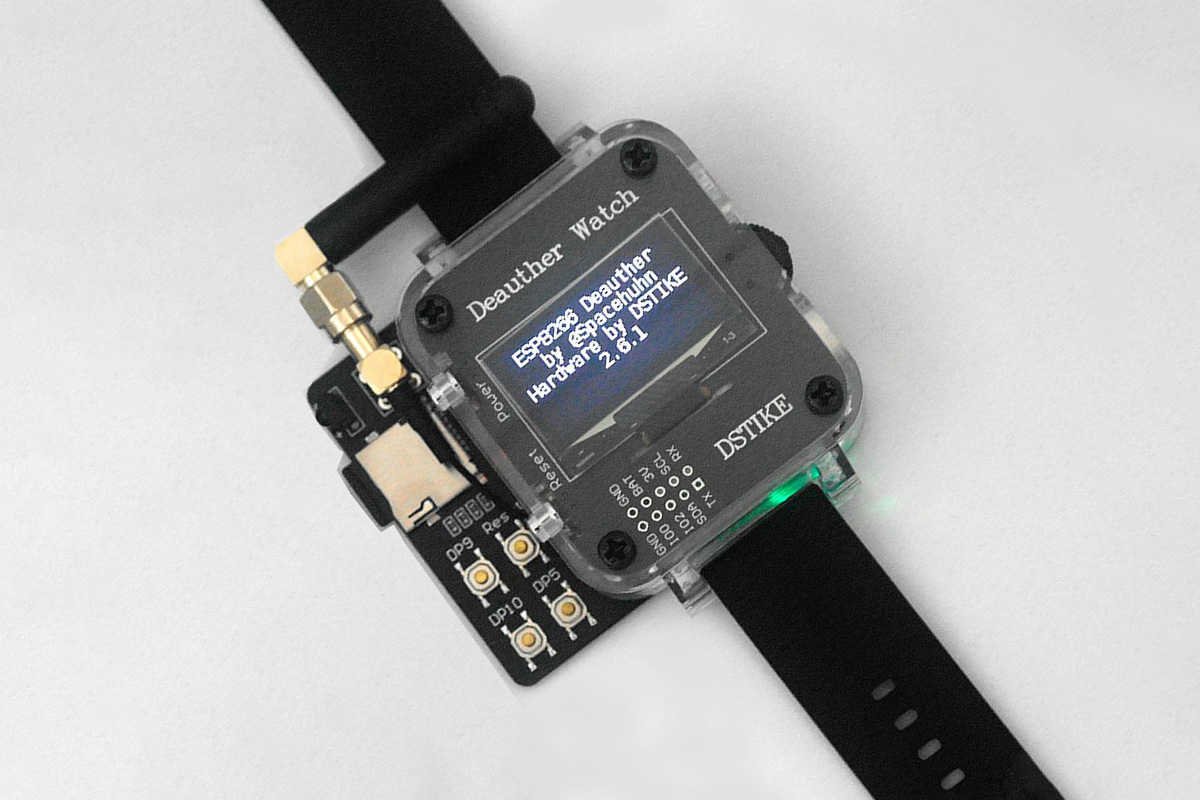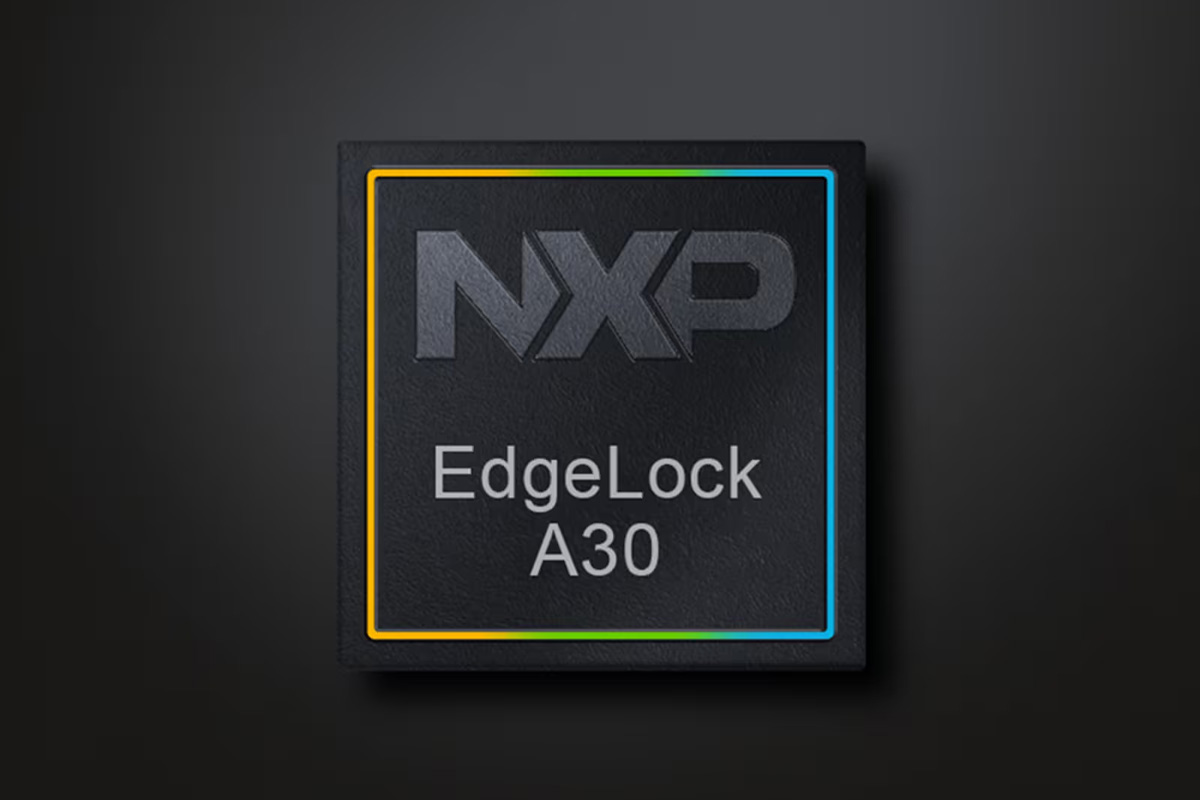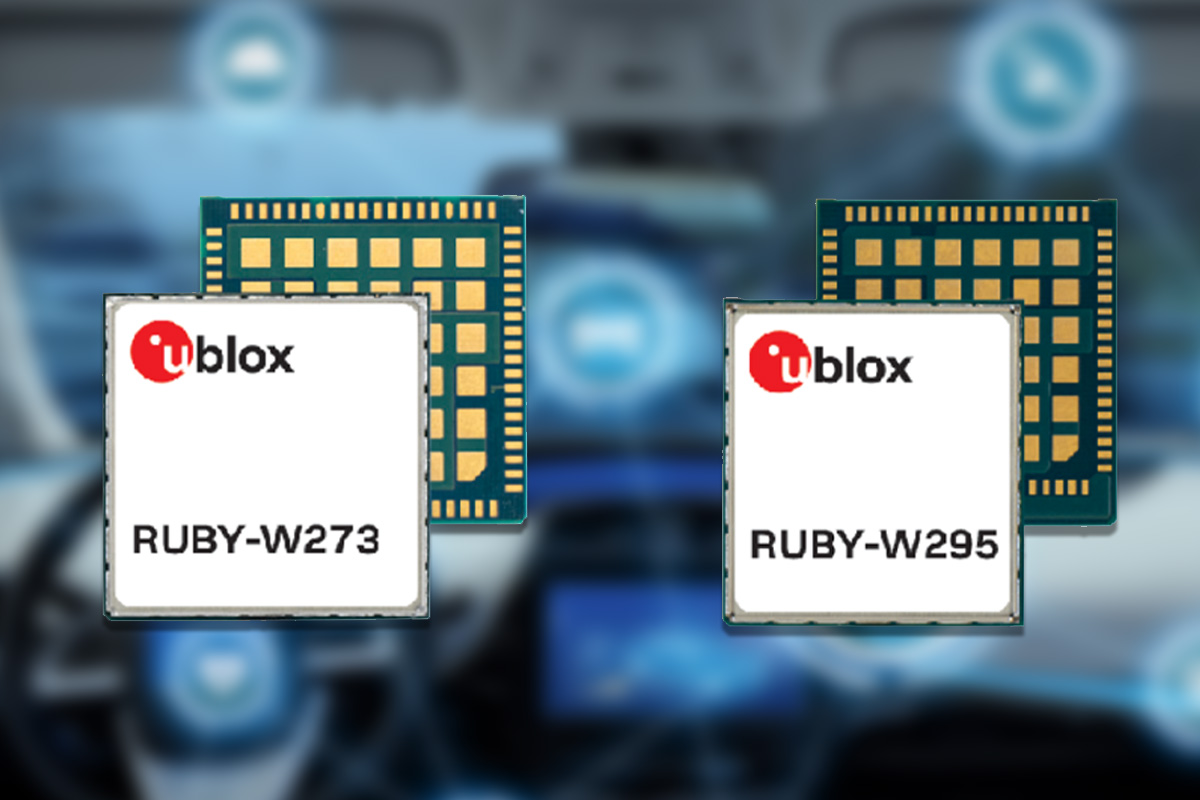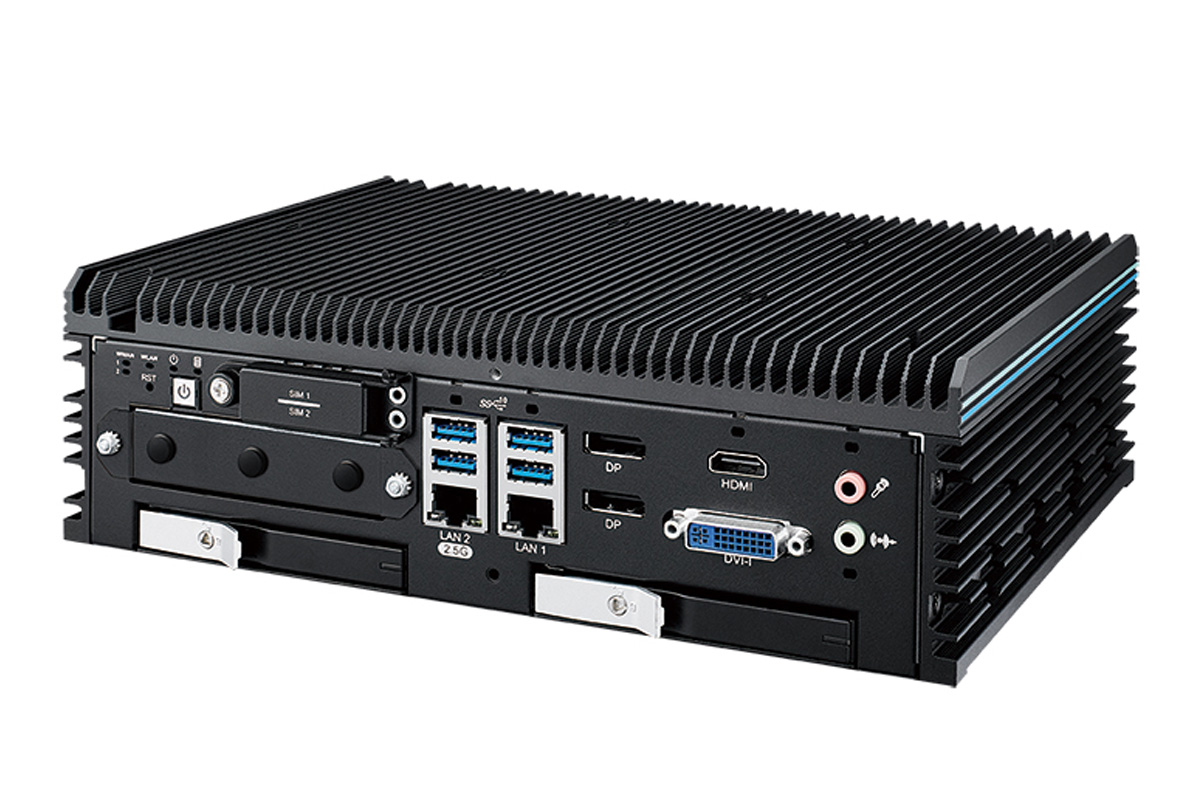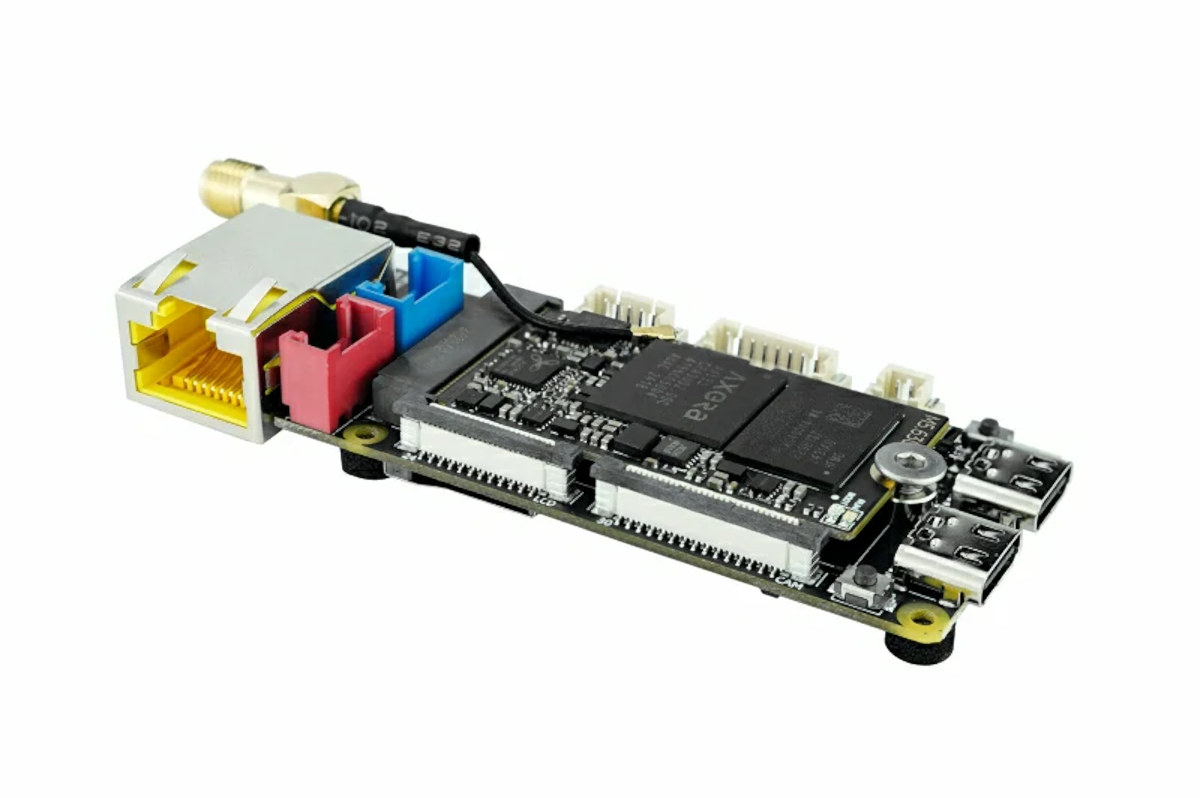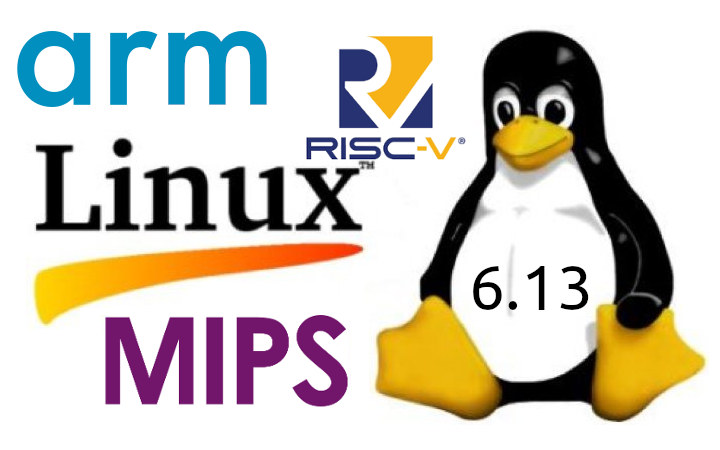Google has announced the start of the fabrication of a Nuvoton security chip featuring OpenTitan open-source silicon Root of Trust (RoT), the first such production-ready chip. It will soon be available in lowRISC’s Voyager 1 demo board, and later this year in Chromebooks and data centers. We first wrote about OpenTitan open-source Root of Trust (RoT) chips in 2020 as a collaboration between Google, Seagate, Nuvoton, Western Digital, lowRISC, as well as some other companies, projects, and universities that aimed at “building a transparent, high-quality reference design and integration guidelines for silicon root of trust (RoT) chips”. OpenTitan itself reached commercial availability last year, after the first engineering samples were released in 2023, and Google now says the Nuvoton chip (yet to have a proper name) is the first production-ready OpenTitan chip. Hardware Root of Trust (RoT) are small secure microcontrollers that are the equivalent of Certificate Authorities (CAs) to […]
FOSSASIA 2025 – Operating systems, open hardware, and firmware sessions
The FOSSASIA Summit is the closest we have to FOSDEM in Asia. It’s a free and open-source event taking place each year in Asia, and FOSSASIA 2025 will take place in Bangkok, Thailand on March 13-15 this year. It won’t have quite as many speakers and sessions as in FOSDEM 2025 (968 speakers, 930 events), but the 3-day event will still have over 170 speakers and more than 200 sessions. Most of the sessions are for high-level software with topics like AI and data science, databases, cloud, and web3, but I also noticed a few sessions related to “Hardware and firmware” and “Operating System” which are closer to what we cover here at CNX Software. So I’ll make a virtual schedule based on those two tracks to check out any potentially interesting talks. None of those sessions take place on March 13, so we’ll only have a schedule for March […]
The Deauther Watch V4S IR is a Wi-Fi hacker watch that can run up to 21 scripts via IR remote for wireless and HID attacks
We previously wrote about the Deauther Watch X used for wireless pentesting. The company has now released the Deauther Watch V4S IR an Wi-Fi hacker watch with a built-in infrared (IR) remote control for executing several scripts stored on a microSD card. It supports deauther attacks, Bad USB (HID) attacks, WiFi packet monitoring, and real-time clock adjustments. The new version features a 1,000mAh battery that can be charged via USB and it comes with includes a Type-C power cable, acrylic cover, and software manual. You can modify the Ducky Script inside the text files but must keep the filenames unchanged for proper operation. These features make this tool useful for cybersecurity professionals and enthusiasts for network security testing, penetration testing, and more. Deauther Watch V4S IR specifications: MCU – ESP8266 WiFi SoC @ up to 160 MHz with 160KB SRAM, 4MB SPI flash Storage – MicroSD card (preloaded with 21 […]
NXP EdgeLock A30 Secure Authenticator chip enables battery authentication for compliance with EU regulation 2023/1542
NXP recently launched the EdgeLock A30 Secure Authenticator chip, a Common Criteria EAL 6+ certified secure authentication designed for IoT devices, including battery authentication applications. It complies with the EU’s Batteries Regulation 2023/1542, which mandates the inclusion of a Digital Product Passport (DPP), by 2027 to ensure traceability, sustainability, and safety in battery manufacturing and recycling. Alasdair Ross, Senior Director, NFC IoT Security, NXP explains: Secure authentication helps to ensure brand protection, consumer safety, and product traceability, fostering trust and shielding devices from physical damage. Smaller than a grain of rice, the EdgeLock A30 is designed to fit into even the smallest of devices. It supports multiple authentication use cases, making it easier for developers to support a variety of devices and accessories with a single solution, including device to device, cloud to device, counterfeit protection, and storage or protection of device identity. To address these requirements NXP’s EdgeLock A30 […]
u-blox RUBY-W2 is a family of Wi-Fi 7 automotive-grade modules for infotainment and telematics applications
u-blox has recently released the RUBY-W2 series (RUBY-W273-05A and RUBY-W295-05A) of automotive Wi-Fi 7 modules designed for advanced infotainment and telematics applications. These modules support tri-band Wi-Fi 7 and dual-mode Bluetooth 5.4, with up to Gbps (PHY) of throughput, supporting simultaneous use cases for in-car hotspots, Apple CarPlay, and multi-client video streaming. Key features of this module include Multi-Link Operation (MLO) with Dual Band Simultaneous (DBS) and High Band Simultaneous (HBS) modes, 2×2 MU-MIMO, Bluetooth LE Audio, long-range Bluetooth, security with WPA2/3, and secure boot. The modules are based on Qualcomm’s QCA6787AQ or QCA6797AQ automotive chipsets and connect to the host via PCIe for Wi-Fi and UART/PCM for Bluetooth. RUBY-W2 specifications: Chipset Qualcomm QCA6787AQ for RUBY-W273 Qualcomm QCA6797AQ for RUBY-W295) Wireless Tri-band Wi-Fi 7 (802.11 a/b/g/n/ac/ax/be) RUBY-W273 – Dual Band Simultaneous (DBS) (2.4 GHz + 5/6 GHz) RUBY-W295 – High Band Simultaneous (HBS), any two bands (2.4, 5, or 6 […]
Vecow ECX-4000 – Intel Core Ultra 200S-powered fanless Edge AI embedded system features up to 9 Ethernet ports
Taiwan-based company Vecow has recently launched the ECX-4000 series, an Intel Core Ultra 200S-powered fanless Edge AI embedded system with up to nine Ethernet ports including two 10G SFP+ cages, five 2.5GbE ports (with 4 supporting PoE+), and a gigabit Ethernet jack, SUMIT (Stackable Unified Module Interconnect Technology) expansion, and a 9V to 50V DC redundant power input. The ECX-4000 supports the whole line of Intel Core Ultra 200S Series of Processors (Arrow Lake). It comes with W880 PCH which gives access to various I/O options including USB 3.2 Gen 2 ports, RS-232/422/485 serial ports, sixteen isolated digital I/O (8x input, 8x output, optional), DisplayPort, HDMI, and DVI-I video outputs. Additionally, it offers M.2 Key B and Key E sockets for wireless modules, and expansion options including multiple storage interfaces such as SATA III ports and an M.2 Key-M socket. The system also features a range of power and remote […]
M5Stack LLM630 Compute Kit features Axera AX630C Edge AI SoC for on-device LLM and computer vision processing
M5Stack LLM630 Compute Kit is an Edge AI development platform powered by Axera Tech AX630C AI SoC with a 3.2 TOPS NPU designed to run computer vision (CV) and large language model (LLM) tasks at the edge, in other words, on the device itself without access to the cloud. The LLM630 Compute Kit is also equipped with 4GB LPDDR4 and 32GB eMMC flash and supports both wired and wireless connectivity thanks to a JL2101-N040C Gigabit Ethernet chip and an ESP32-C6 module for 2.4GHz WiFi 6 connectivity. You can also connect a display and a camera through MIPI DSI and CSI connectors. M5Stack LLM630 Compute Kit specifications: SoC – Axera Tech (Aixin in China) AX630C CPU – Dual-core Arm Cortex-A53 @ 1.2 GHz; 32KB I-Cache, 32KB D-Cache, 256KB L2 Cache NPU – 12.8 TOPS @ INT4 (max), 3.2 TOPS @ INT8 ISP – 4K @ 30fps Video – Encoding: 4K; Decoding:1080p […]
Linux 6.13 Release – Main changes, Arm, RISC-V, and MIPS architectures
Linus Torvalds has just announced the release of Linux 6.13 on the Linux Kernel Mailing List: So nothing horrible or unexpected happened last week, so I’ve tagged and pushed out the final 6.13 release. It’s mostly some final driver fixes (gpu and networking dominating – normal), with some doc updates too. And various little stuff all over. The shortlog is appended for people who want to see the details (and, as always, it’s just the shortlog for the last week, the full 6.13 log is obviously much too big). With this, the merge window for 6.14 will obviously open tomorrow. I already have two dozen pull requests pending – thank you, you know who you are. Linus Release about two months ago, Linux 6.12 – the new LTS version – brought us real-time “PREEMPT_RT” support that had always required out-of-tree patchsets until now, the completion of the EEVDF (Earliest Eligible […]


